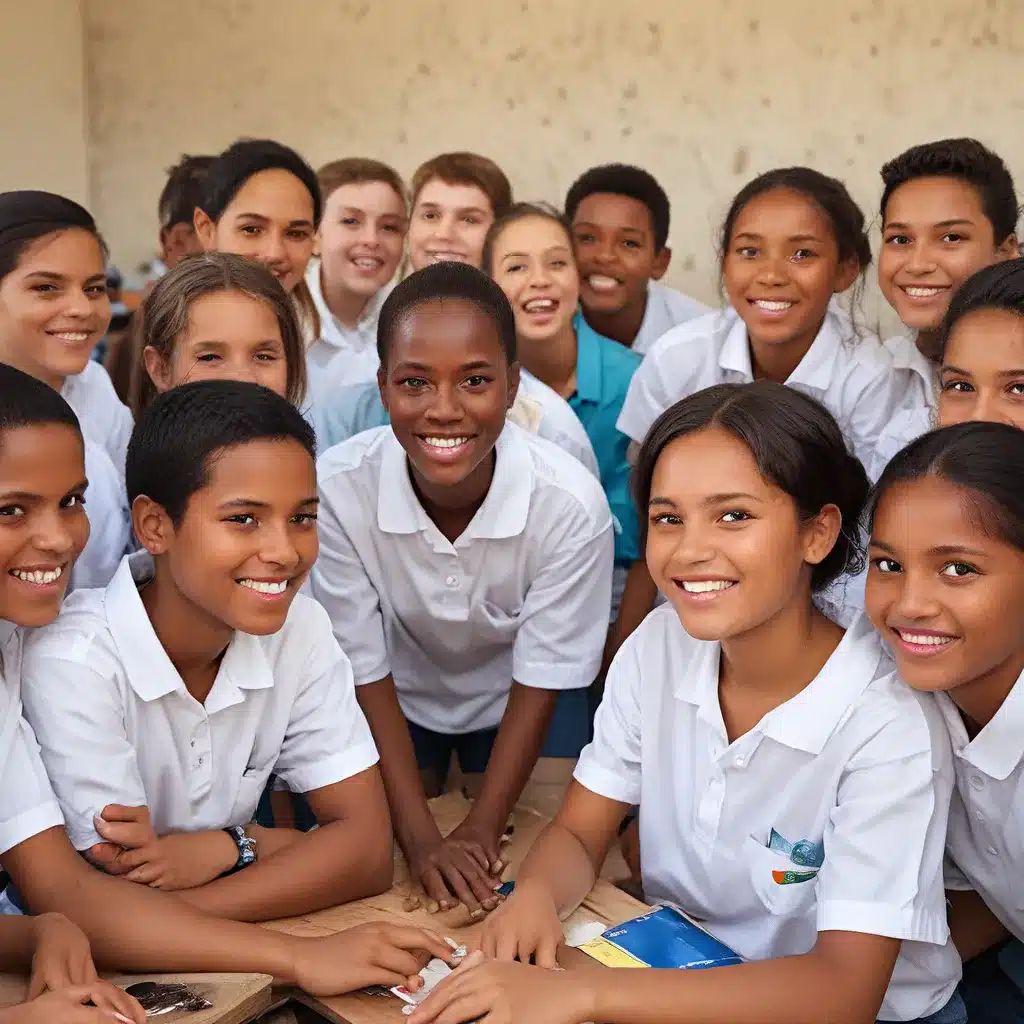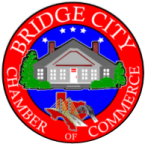
Creating Classrooms of Boundless Possibilities
In a world brimming with diverse individuals, the field of education stands as a cornerstone of societal progress, shaping the minds and nurturing the talents of future generations. Yet, while traditional education models have long been the norm, a paradigm shift has emerged – one that advocates for a more inclusive approach to learning.
Inclusive education, a philosophy that embraces diversity and caters to the unique needs of all students, has proven itself to be a catalyst for academic success, social growth, and personal fulfillment. This transformative approach extends far beyond the confines of the classroom, empowering youth to reach their full potential and cultivating a more just, equitable, and inclusive society for us all.
Celebrating Diversity, Empowering Learners
At the heart of inclusive education lies the recognition that every child possesses a unique set of strengths, learning styles, and perspectives. By fostering an environment that celebrates differences and provides tailored support, inclusive classrooms empower students of all abilities to thrive.
This approach not only enhances academic achievement but also cultivates essential life skills such as empathy, collaboration, and problem-solving. When students with diverse abilities learn alongside their peers, they gain a deeper understanding of the world around them, fostering a sense of acceptance and respect for differences.
As I have witnessed firsthand, the benefits of inclusive education extend far beyond the individual student, enriching the entire learning environment. The collaborative learning experiences fostered in inclusive classrooms nurture critical thinking skills and prepare students to thrive in a multicultural society.
Overcoming Challenges, Unlocking Potential
For students with disabilities, the path to academic achievement and personal growth is often filled with unique challenges. Physical barriers, sensory sensitivities, learning disabilities, and communication barriers can all pose significant obstacles to their educational journey. However, with the right support and strategies, these challenges are not meant to be overwhelming.
Individualized education plans (IEPs), assistive technology, and universal design for learning (UDL) principles are just a few of the critical components that can help students with disabilities overcome these barriers and thrive in inclusive learning environments.
As an inclusive education specialist, I have witnessed the transformative power of these strategies firsthand. Through tailored instruction, collaborative learning, and a steadfast belief in the potential of every child, I have seen students with diverse needs blossom, not just academically, but also in their social and emotional development.
Fostering a Culture of Inclusion
Creating inclusive classrooms requires more than just implementing specific strategies – it demands a fundamental shift in mindset and the fostering of a culture that celebrates diversity and empowers all learners. This involves establishing clear expectations for respectful behavior, providing opportunities for students to learn about different cultures and perspectives, and empowering them to advocate for themselves and others.
By cultivating a sense of belonging and acceptance, inclusive classrooms can also contribute to improved mental health and emotional well-being for all students. This, in turn, fosters a learning environment where individuals feel safe, supported, and empowered to reach their fullest potential.
A Legacy of Inclusion and Empowerment
In my own journey as an inclusive education specialist, I have faced numerous challenges, from limited resources to the financial constraints faced by many families in my community. Yet, despite these obstacles, I have remained steadfast in my commitment to creating classrooms where every child feels valued and supported.
Through innovative teaching methods, resourceful use of technology, and a deep belief in the power of collaboration, I have witnessed the profound impact that inclusive education can have on the lives of my students. Their stories of resilience, determination, and academic success are a testament to the transformative potential of this approach.
As I reflect on my legacy, I am filled with a sense of gratitude and a renewed commitment to inspiring future educators to embrace diversity, celebrate differences, and empower every learner to thrive. For it is through the collective efforts of passionate individuals that we can create a world where inclusive education is not just a philosophy, but a reality that empowers youth to reach boundless possibilities.
Remember, you can always visit the Bridge City Chamber website to learn more about our mission and how we’re working to build a more inclusive and equitable community.


